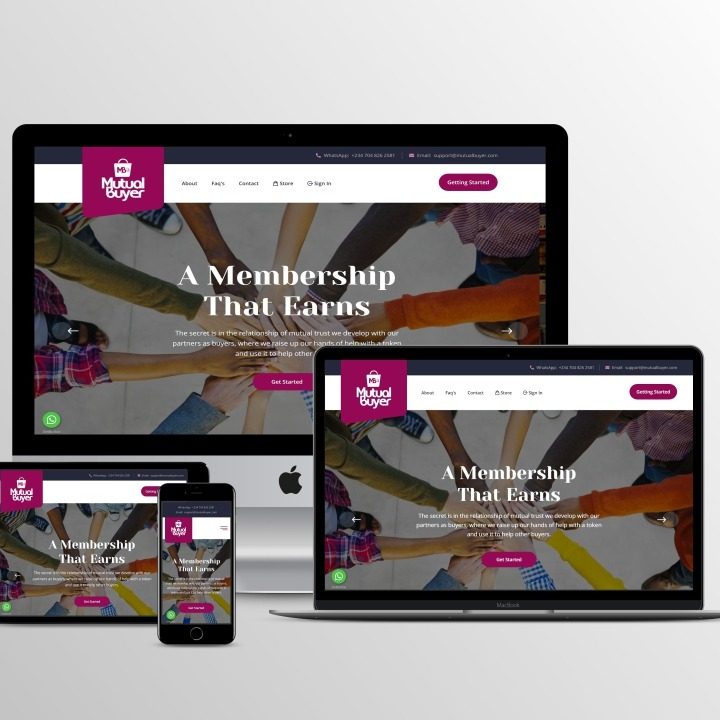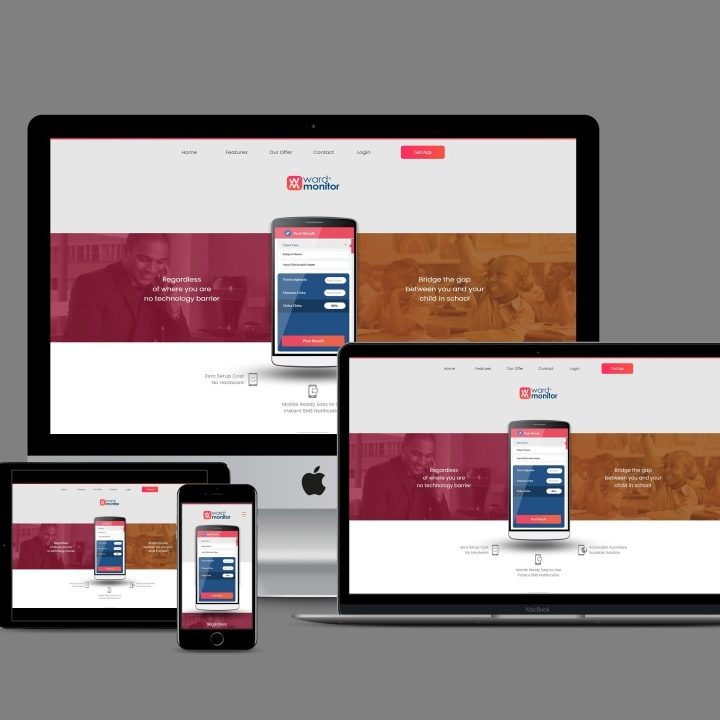Understanding the three levels of IT support
One of the keys to customer satisfaction and retention in enterprises is the level of technical support available to the customers. With this in mind, businesses always look for measures to provide a quality customer experience. For tech companies, the focus is on providing technical support in a way that tech issues from customers are resolved quickly.
However, given that customer complaints could range from simple to sophisticated questions, breaking the IT support into different levels or tiers is essential to assigning support teams according to the level of expertise.
This post will explore the different tiers or levels of technical support and why enterprises should have these tiers.
What is IT support?
Technical or IT support is a term used to refer to a special support service enterprises provide to solve consumer-related issues with their IT product. In contrast to conventional support, technical support is created to provide user-specific solutions to problems. Technical support varies in complexity; hence many businesses see the need to organize this support at different levels.
In providing technical support, businesses consider many factors, such as their range of products and services and the level of expertise needed to handle user-related problems. Depending on your business enterprise, your technical support team can range from a small team to a large team comprising employees with different skills and areas of expertise.
Most often, your IT support team provides technical assistance through chats, calls, email, online tutorials and videos.
Levels of IT support
With some exceptions, a typical IT support is organized into three different levels. Structuring your IT support into different streams has many advantages.
- Facilitates the resolution of issues
- Ensures that experts are assigned to solve problems
- Helps in addressing customer needs strategically
- Creates a positive customer experience
- Ensures that timelines and protocols are established to resolve issues faster
- Helps in obtaining feedback and suggestions for product development
What is Level 1 support?
The first tier in the IT support chain is Level 1 support. It is the support tier with the least expertise in technical issues. Usually, the employees that make up this support tier have a limited understanding of technical issues.
The following roles can make up Level 1 support in a business organization.
- Collect customer information and queries
- Attend to customer phone calls
- Respond to customer emails and text messages
- Conduct basic surveys to ascertain the level of support each customer needs
- Assign tickets for Level 2 support if it’s an issue they have no answer to
- Provide product information to customers
- Resolve common issues related to customer logins, such as username and password, verification of hardware and software, and installation issues.
Level 1 support in any business organization is like the front desk where customers table their complaints before it’s pushed to the appropriate department for expert handling. Those who make up the Level 1 technical support team should include junior-level support personnel and interns who do not have access to sensitive company information.
What is Level 2 support?
The Level 2 support takes things up from Level 1 support. It’s a higher stage of IT support responsible for dealing with more in-depth issues in a business organization. Level 2 support technicians are more experienced in assessing issues and providing solutions that Level 1 technician cannot handle.
Below are specific roles the Level 2 support team covers:
- Determines the level of support needed by studying how much support was provided in Level 1
- Conducts in-depth analysis of the problem
- Tickets query to Level 3 if the solution is unavailable at Level 2
- Should be able to provide detailed product information to users
What is Level 3 support?
Subject matter experts typically man the Level 3 support team. For example, the team might consist of experts like hardware engineers, software developers, architects and security professionals. This group has access to classified information in the organization. The Level 3 support team is expected to have the skillset to resolve any form of issue that couldn’t be resolved at the Level 2 support.
Sometimes, when a user contacts Level 3 support, the experts look at the code and designs at the backend to identify the root cause of the issue. The technicians could ask the manufacturer to modify a product in response to a problem and then relay the fixes to Level 1 and Level 2 support.
When setting up Level 3 support for your company, look for experts with IT experience in your products or experience in a related product.
Why enterprises should have different support levels
The following are benefits of separating your technical support into various levels:
- Brings about a quick resolution of tasks
- Facilitates feedback to user queries
- Improves customer experience by providing reliable customer support
- Ensures that only experts handle customer problems
What to consider before starting tiered technical support
Building a technical support team can be challenging, especially as your business expands. The initial phase entails creating a structure. Doing this helps you to determine your needs and situations. If you’re a software company, your users, for instance, are likely to encounter numerous technical problems, unlike customers of service or retail business. Therefore, determine what kinds of subjects and issues might fit into each tier using the roles of each support tier presented above.
After you’ve developed your support system, think about how you can support your employees so they can continue providing quality customer experiences. It’s crucial to list the top qualifications for your IT support employees. Strong verbal and written communication, technical skills, empathy, attention to detail and other qualities may be part of this.
Curled from TechRepublic







